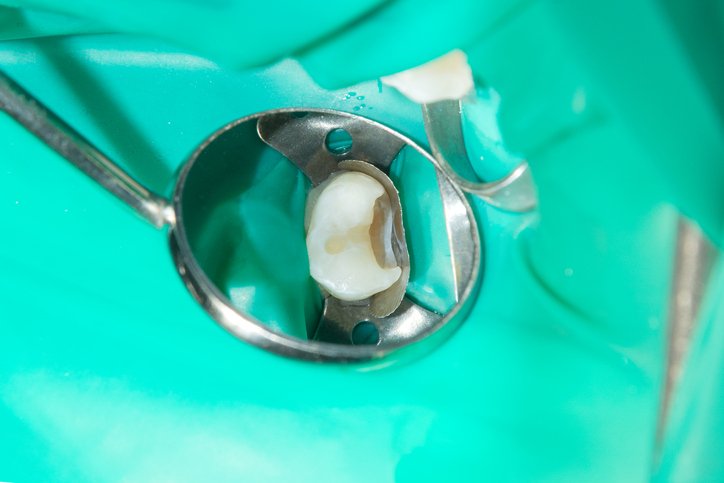Safe Amalgam Removal To Avoid Mercury Exposure
Silver fillings are also known as amalgams. It may be surprising to most people that the content is composed of more than 50% mercury. According to the World Health Organization, "Elemental and methylmercury are toxic to the central and peripheral nervous systems. The inhalation of mercury vapor can produce harmful effects on the nervous, digestive and immune systems, lungs and kidneys. The inorganic salts of mercury are corrosive to the skin, eyes and gastrointestinal tract, and may induce kidney toxicity if ingested. Neurological and behavioral disorders may be observed after inhalation, ingestion or dermal exposure of different mercury compounds. Symptoms include tremors, insomnia, memory loss, neuromuscular effects, headaches and cognitive and motor dysfunction. Mild, sub-clinical signs of central nervous system toxicity can be seen in workers exposed to an elemental mercury level in the air...".
Mercury is considered by WHO as one of the top ten chemicals or groups of chemicals of major public health concern.
I personally do not offer amalgam fillings in my personal practice due to it's many associated risks. I do however (quite frequently) need to remove them when I work on patients. When these fillings are removed, they are reduced into small particles and some of the mercury vaporizes. The risk of ingesting and inhaling high levels of mercury goes up exponentially.
For the same reason I don't place amalgams, I don't recommend removing them without minimizing the potential exposure to mercury.
Safe Amalgam Removal
is a way around the conundrum of removing mercury containing fillings while mitigating the increased risk of exposure to its toxicity. Safe amalgam removal is not mandatory, although I feel very strongly that it should be the standard of care. With safe amalgam removal, the exposure to mercury is limited or in many instances eliminated by using a dental dam to isolate the material from entering the mouth, while using high speed suction and plenty of water irrigation to quickly eliminate the particles away from the patient's mouth. To avoid inhaling any mercury vapor, the patient breathes pure oxygen through their nose.
Additionally
Additionally, the patient can rinse with activated charcoal before and after the filling is removed, and drapes can be placed over the patient to avoid splatter.
It is also a good idea to remove the fillings in multiple visits to further minimize exposure and monitor the patient's reaction to the removal.
If you are considering replacing your old silver fillings or have been told you need to, you are wise to consider doing so with a dentist that uses a safe amalgam removal protocol, preferably the SMART technique. If you need to find one, the IAOMT (International Academy of Oral Medicine and Toxicology)is a great resource, or Click below to make an appointment with me today.




